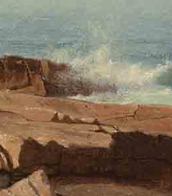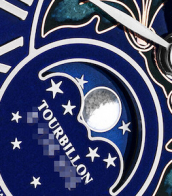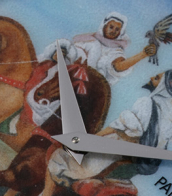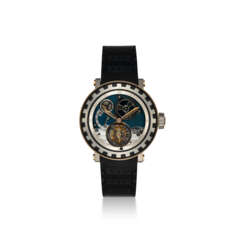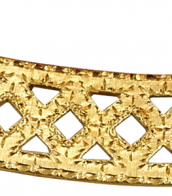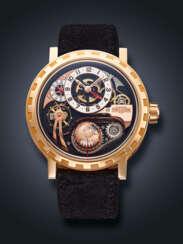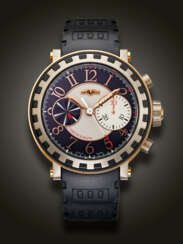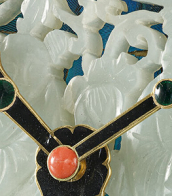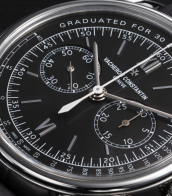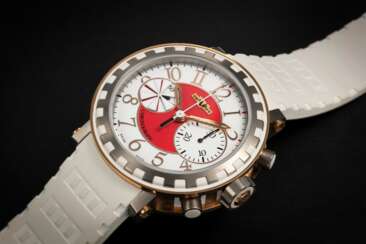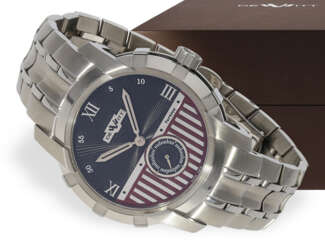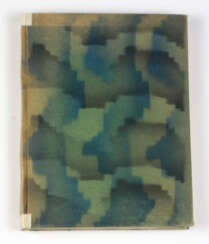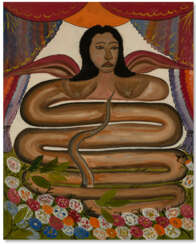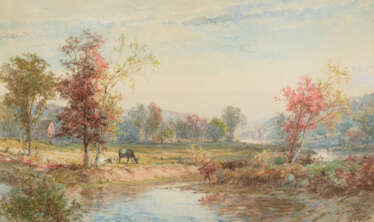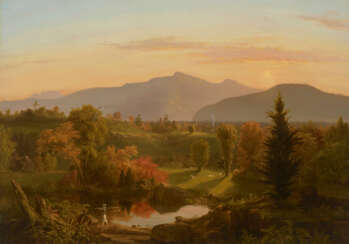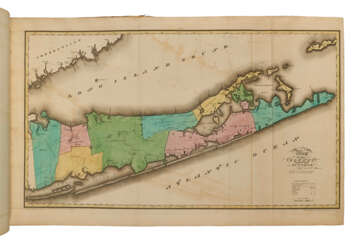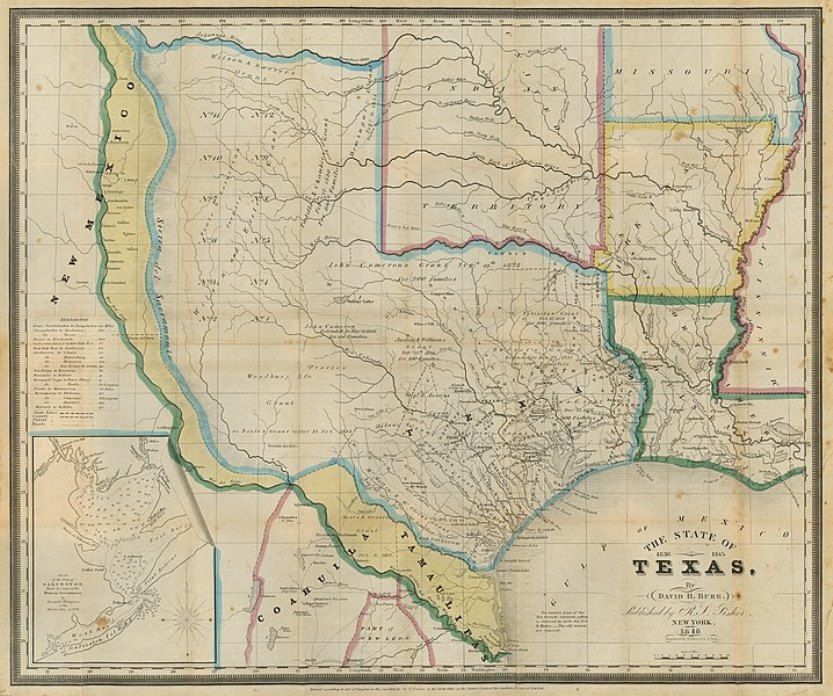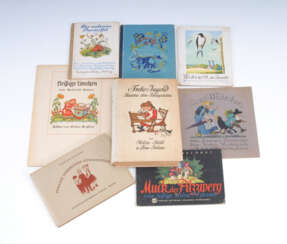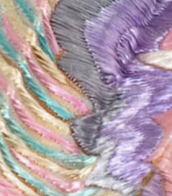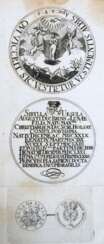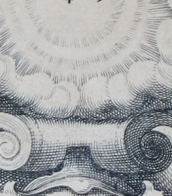dewitt
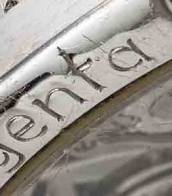
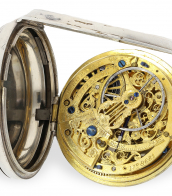
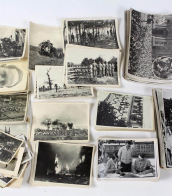
Hector Hyppolite was a Haitian painter. Considered as the "Grand Maître of Haitian Art".
Hyppolite, a prolific painter, typically depicted Vodou scenes and created between 250 and 600 paintings during the last three years of his life. Much of his work was influenced by his devotion to his work as a priest.
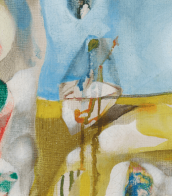
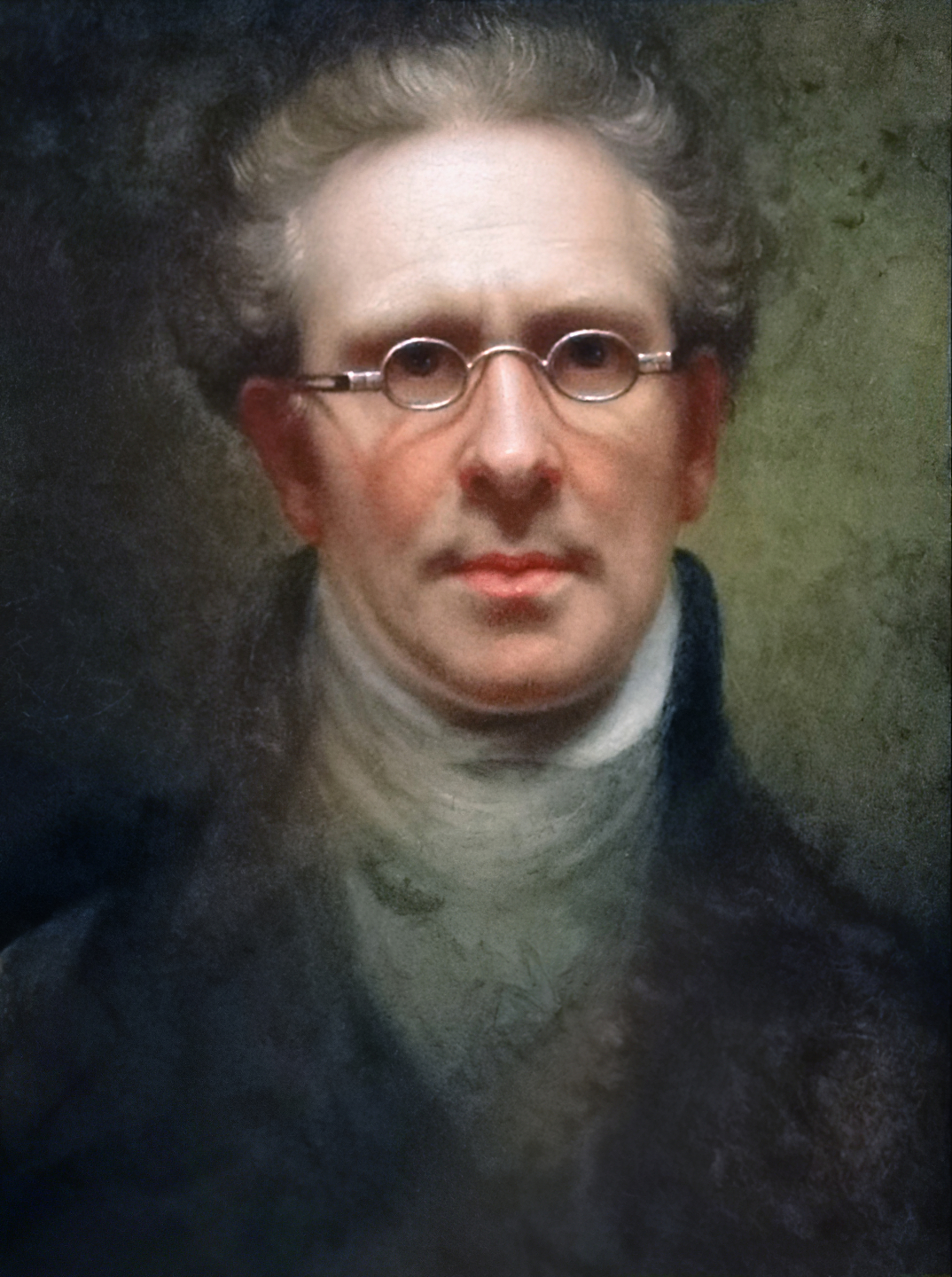
Rembrandt Peale was an American artist and museum keeper. A prolific portrait painter, he was especially acclaimed for his likenesses of presidents George Washington and Thomas Jefferson. Peale's style was influenced by French Neoclassicism after a stay in Paris in his early thirties.
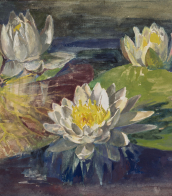
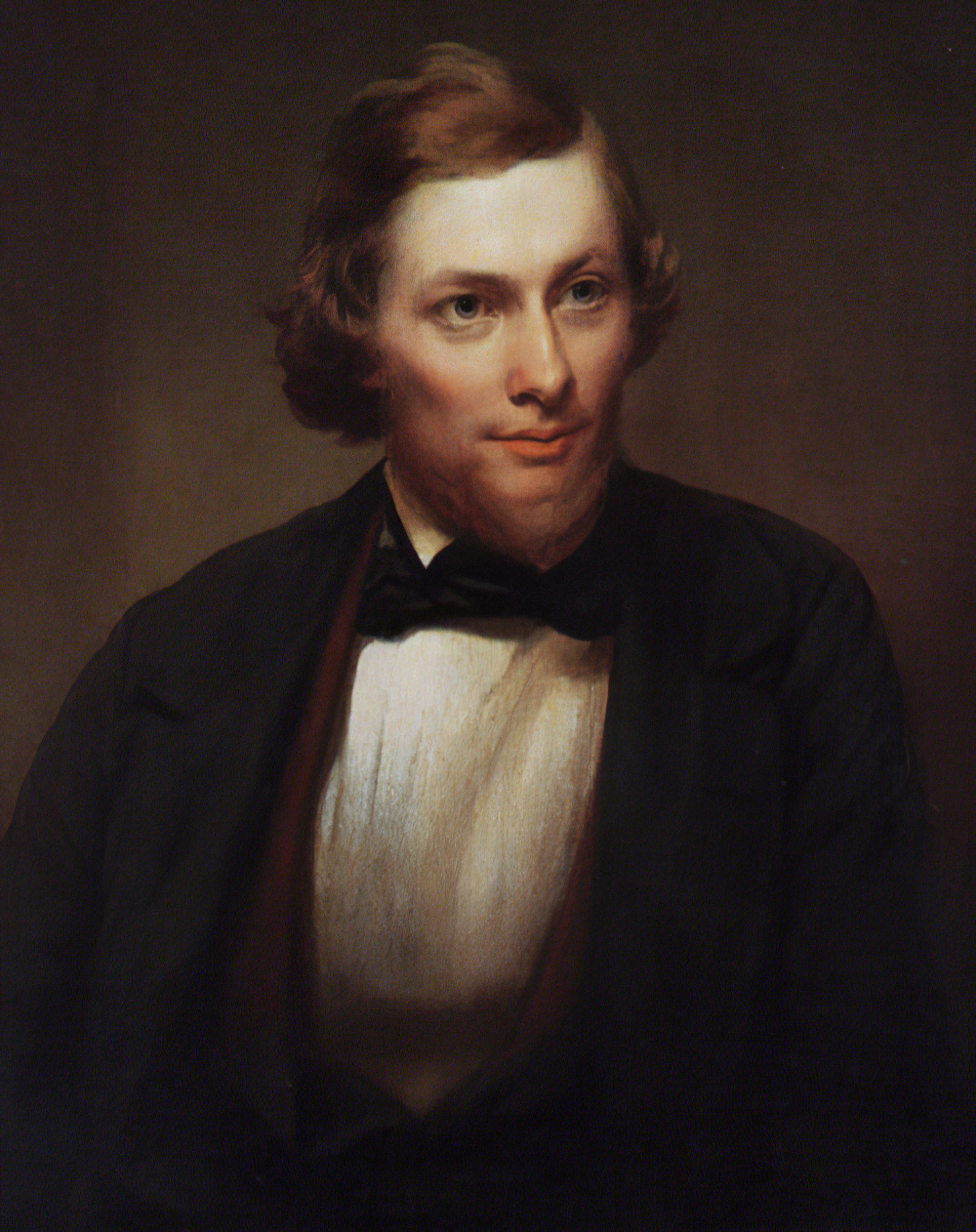
Jasper Francis Cropsey was an important American landscape artist of the Hudson River School.
Cropsey's interest in architecture continued throughout his life and was a strong influence in his painting, most evident in his precise arrangement and outline of forms. But Cropsey was best known for his lavish use of color and, as a first-generation member from the Hudson River School, painted autumn landscapes that startled viewers with their boldness and brilliance. As an artist, he believed landscapes were the highest art form and that nature was a direct manifestation of God. He also felt a patriotic affiliation with nature and saw his paintings as depicting the rugged and unspoiled qualities of America.
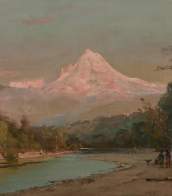
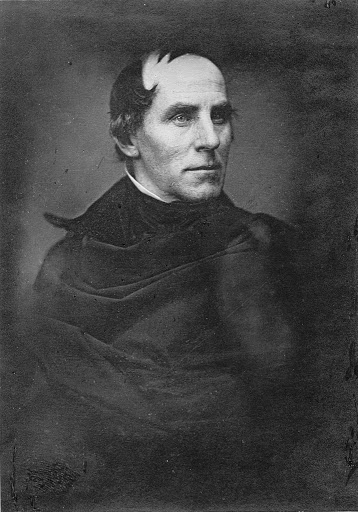
Thomas Cole, an English-born American artist, stands as a foundational figure in the Hudson River School, a movement that significantly shaped the course of American landscape painting. Born in Bolton-le-Moors, Lancashire, England, in 1801, Cole moved to the United States in 1818, where he embarked on a journey that would see him become one of the most influential artists of his time.
Thomas Cole's artistry is renowned for its romantic portrayal of the American wilderness, imbuing his landscapes with a spiritual and almost sublime quality that reflects his deep appreciation for nature. His works, such as "The Course of Empire" series and "The Voyage of Life," not only depict the beauty of the American landscape but also convey profound messages about humanity's relationship with the natural world. These series, showcasing the rise and fall of civilizations and the stages of human life against the backdrop of the natural world, highlight his philosophical and environmental concerns.
His technique of sketching directly from nature before creating detailed, idealized compositions became a hallmark of his style and influenced future generations of artists, including Frederic Edwin Church and Asher B. Durand. Thomas Cole's legacy extends beyond his paintings, as he played a pivotal role in the development of an art movement that celebrated the unique character of the American landscape, which was seen as a reflection of the nation's identity.
Thomas Cole's works are preserved in prestigious institutions like the New-York Historical Society, the Museum of Fine Arts in Boston, and the Metropolitan Museum of Art, serving as enduring testaments to his artistic genius and his profound connection to the American landscape.
For collectors and art enthusiasts, understanding Thomas Cole's influence and the themes he explored offers invaluable insights into the evolution of American landscape painting. If you're interested in staying updated on exhibitions, sales, and events related to Thomas Cole's works, consider signing up for updates to deepen your appreciation and knowledge of this iconic artist's contributions to American art and culture.
